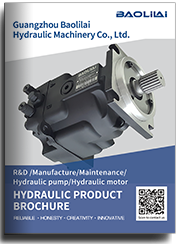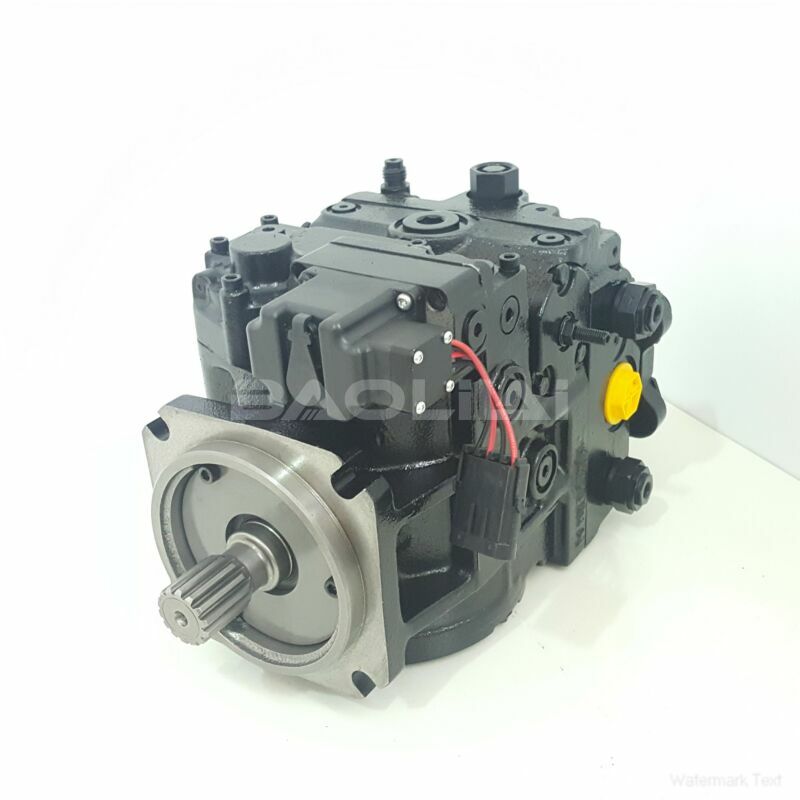90L180KA5NN80TMC8J03NNN424224 sauer danfoss pump
90L180KA5NN80TMC8J03NNN424224 sauer danfoss pump

- Product Details
- Applicable Scene
Hydraulic pumps are essential components in fluid circulation systems, providing the necessary force to circulate fluid through the system. However, if you experience low pressure in your hydraulic system, it can lead to reduced efficiency and possible damage to other components. Troubleshooting low pressure issues requires a systematic approach. Here’s a guide to help you identify and address the problem effectively.
90-L-180-KA-5-NN-80-T-M-C8-J-03-NNN-42-42-24
90L180KA5NN80TMC8J03NNN424224
Check the Fluid Level: The first step is to inspect the hydraulic fluid level in the reservoir. A low fluid level can cause air to enter the system, leading to a drop in pressure. If the fluid level is low, refill it to the recommended level and observe if the pressure improves.

83012104
Inspect for Leaks: Leaks in the hydraulic system can significantly impact pressure. Examine all hoses, fittings, and connections for signs of leakage. Pay close attention to seals and gaskets, as these are common areas for leaks. If you detect any leaks, repair or replace the affected components.
Examine the Hydraulic Pump: The hydraulic pump itself could be the source of low pressure. Check for signs of wear or damage on the pump components. Ensure that the pump is properly mounted and that all connections are secure. If the pump is malfunctioning, it may need to be repaired or replaced.
Analyze the Pressure Relief Valve: The pressure relief valve is designed to prevent excessive pressure in the system. If it is stuck open or malfunctioning, it can cause low pressure. Test the valve by removing it and inspecting for debris or damage. Clean or replace the valve as necessary.
Check for Blockages: Circulation systems must remain unobstructed. Inspect the hoses and lines for blockages, kinks, or restrictions that could impede fluid flow. Clear any debris or replace compromised hoses.





